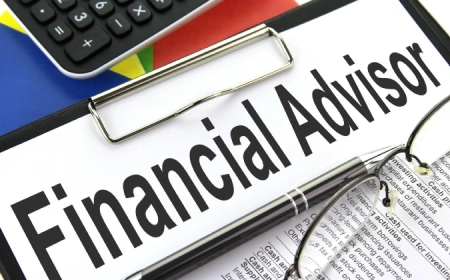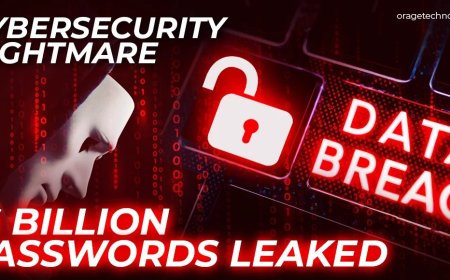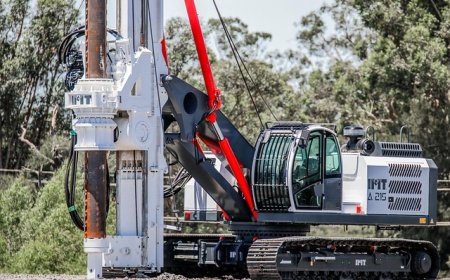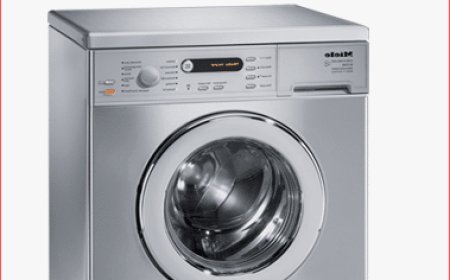What to Do When Shares Are Not in Your Name: Transmission & Recovery
Learn how to handle recovery of lost shares and transmission of shares not in your name, including recovery from IEPF. A guide for rightful shareholders and legal heirs.
In the world of investments, maintaining updated ownership records is crucial. However, many investors or their heirs find themselves in situations where shares are not held in their names, whether due to oversight, the passing of a relative, or outdated documentation. Understanding the process ofrecovery of shares, including recovery of shares from IEPF and the recovery of lost shares, is essential to reclaim ownership and access financial benefits such as dividends and bonuses.
If youve discovered that shares legally belonging to you are not in your name, heres a step-by-step guide on how to initiate the transmission or recovery process.
Common Scenarios When Shares Are Not in Your Name
There are several reasons why shares may not be in your name, even if you are the rightful owner:
-
The original shareholder has passed away, and you are a legal heir.
-
Physical share certificates were lost or misplaced.
-
Shares were never transferred from the deceased to the next of kin.
-
The company or registrar's records were never updated.
-
Shares were transferred to the Investor Education and Protection Fund (IEPF) due to inactivity.
Each of these situations requires a different recovery approach, but the good news is that there are defined legal and procedural remedies available.
Step 1: Identify the Status of the Shares
Before you begin the recovery of lost shares or initiate transmission, determine the current status of the shares:
-
Are the shares still held in physical form or dematerialized (Demat)?
-
Are they still with the companys registrar, or have they been moved to IEPF?
-
Is the name of the current holder available and correct?
You can often verify these details through the companys investor relations department, the registrar and transfer agent (RTA), or by checking publicly available data (like dividends transferred to IEPF).
Step 2: Transmission of Shares
Transmission of shares refers to the process by which shares are legally passed to a legal heir or nominee when the original shareholder has passed away.
Required Documents for Transmission:
-
Death certificate of the shareholder
-
PAN card and identity proof of the legal heir or nominee
-
Proof of address
-
Legal documents such as a will, succession certificate, or probate (if applicable)
-
Transmission request form from the company's RTA
If the shares are in Demat form, the process must be initiated through the Depository Participant (DP) managing the account. If they are in physical form, the request goes directly to the company's RTA.
Once approved, the shares will be transferred into the name of the legal heir or nominee.
Step 3: Recovery of Lost Shares
In cases where the original share certificates are lost, misplaced, or damaged, the recovery of lost shares process must be followed.
Process Overview:
-
File an FIR or police complaint stating the loss of share certificates.
-
Publish a notice in a local newspaper, announcing the loss and intent to recover.
-
Submit an indemnity bond and affidavit as per the format prescribed by the RTA.
-
Provide ID/address proof and share details (folio number, certificate numbers).
-
Apply to the companys RTA for issue of duplicate share certificates.
The company will verify your claim, and upon satisfactory due diligence, they will issue duplicate certificates or transfer the shares to your Demat account.
Step 4: Recovery of Shares from IEPF
If shares or dividends remain unclaimed for seven consecutive years, they are transferred to the Investor Education and Protection Fund (IEPF). This government-managed fund holds billions in unclaimed assets. However, rightful owners or their legal heirs can file for recovery of shares from IEPF.
Steps to Recover Shares from IEPF:
-
File Form IEPF-5 on the official IEPF portal.
-
Print the acknowledgment and submit it along with supporting documents to the companys Nodal Officer.
-
Attach supporting documents, which may include:
-
Original IEPF-5 form and acknowledgment
-
Death certificate (if applicable)
-
Shareholder ID, PAN card, and address proof
-
Cancelled cheque (for dividend recovery)
-
Legal heirship proof (succession certificate, will, probate, or legal heir certificate)
-
-
The company will verify and submit the claim to the IEPF Authority.
-
Upon final approval, the shares and associated benefits (like unpaid dividends) are credited to your Demat account.
The entire process may take a few months, depending on documentation and company responsiveness.
Legal Heir vs. Nominee: Who Has the Right?
A common point of confusion is whether a nominee automatically becomes the owner of shares. In India, the nominee acts as a trustee, not the ultimate owner. If there are multiple legal heirs and no will exists, the distribution of shares follows succession laws, and asuccession certificate from a civil court may be required.
Therefore, it is advisable to:
-
Ensure nomination details are updated in all investments
-
Keep shareholding information current, especially after company formation or restructuring
-
Maintain a family record of investments to prevent future complications
Also Read: Documents Required for NBFC Registration
Tips for a Smooth Recovery Process
-
Engage a legal expert if the estate is large or if legal succession is disputed.
-
Dematerialize physical shares once recovered to avoid further complications.
-
Track company circulars related to dividend transfers and IEPF notices.
-
Ensure accuracy in all submitted documentsdiscrepancies can cause significant delays.
-
Follow up regularly with the RTA or IEPF Nodal Officer to avoid process stagnation.
Final Thoughts
Discovering that shares are not in your namewhether due to lost certificates, unclaimed dividends, or inheritance issuescan be stressful. However, the systems in place, from transmission to recovery of shares from IEPF, offer structured pathways to reclaim whats rightfully yours.
Timely action and complete documentation are your best tools in the recovery of lost shares. Whether youre a legal heir, nominee, or just seeking to update ownership records, understanding these recovery mechanisms will empower you to protect and regain your rightful investments.











































